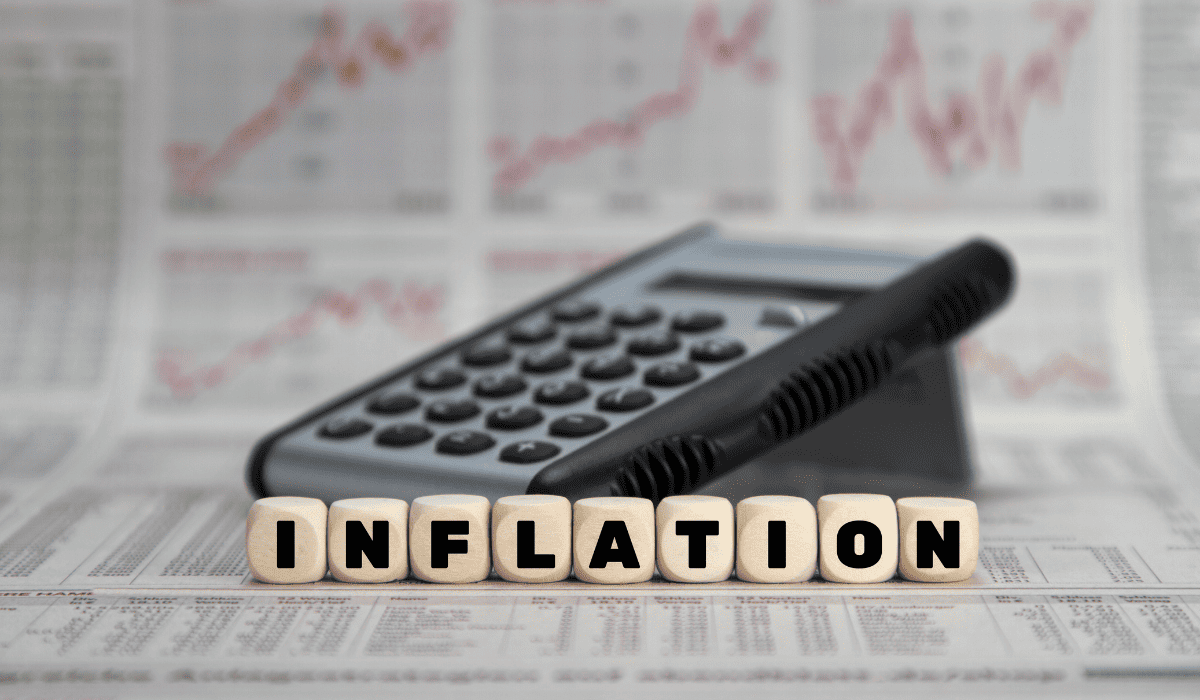
©rs-photo via Canva.com
New Reports Show Inflation Easing
July 14, 2024
With all of the negative factors caused by rising prices and inflation, recent developments are pointing toward signs of some relief. The Consumer Price Index (CPI) fell by 0.1% from May, slowing the annual inflation rate to 3% from 3.3%, according to the U.S. Bureau of Labor Statistics. This marks the first monthly decline since May 2020, driven by falling gas and car prices. The core CPI, excluding energy and food, also slowed more than expected, rising only 0.1% from May and bringing the annual core inflation rate down to 3.3%.
Shelter costs, a significant component of the CPI, have started to ease, with the shelter index rising only 0.2% in June, the slowest increase in three years. Retailers have been cutting prices in response to more cost-conscious consumers, and this trend may continue.
In the retail sector, Wells Fargo’s House told CNN, “I think you have seen consumers feel and act increasingly strained, and that’s going to make it harder for businesses to pass on prices as we moved throughout the year. (Discounting) also pressures other retailers. If they want to keep their share of the pie, they’re going to have to compete more on price, given that consumers are more squeezed at this stage of the cycle.”
However, auto insurance rates have surged by 19.5% over the past year, with the national average for full coverage now nearly $2,300 annually or $190 monthly, according to Bankrate. The increase is driven by three factors: a significant rise in the cost of vehicle repair costs, riskier driving behaviors during the pandemic, and increased attorney involvement in accident claims, which leads to higher insurance payouts.
These rising rates, coupled with higher gas prices and vehicle maintenance costs, are straining household budgets and dampening the typically busy spring and summer car-buying season. Rates are expected to continue climbing through the year but should stabilize in 2025.
Recent News
Delta Seeks Outage Damages From Microsoft, CrowdStrike
The airline plans to sue both Microsoft and CrowdStrike for damages.
Sprouts Shares Positive Q2 Financial Results
Sprouts Farmers Market, Inc. reported robust second-quarter results ending on June 30, 2024.
Johnnie Walker Maker, Diageo, Posts Largest Sales Drop Since the Pandemic
As inflation and high interest rates force many to find ways to cut spending, it appears alcohol is also losing its buzz.
IKEA Focuses on Sleepeasy With New Pop-Up Event
IKEA U.S. is making new strides in the furniture retail market by launching The IKEA Sleepeasy, an immersive pop-up event that will take place in New York in August.
